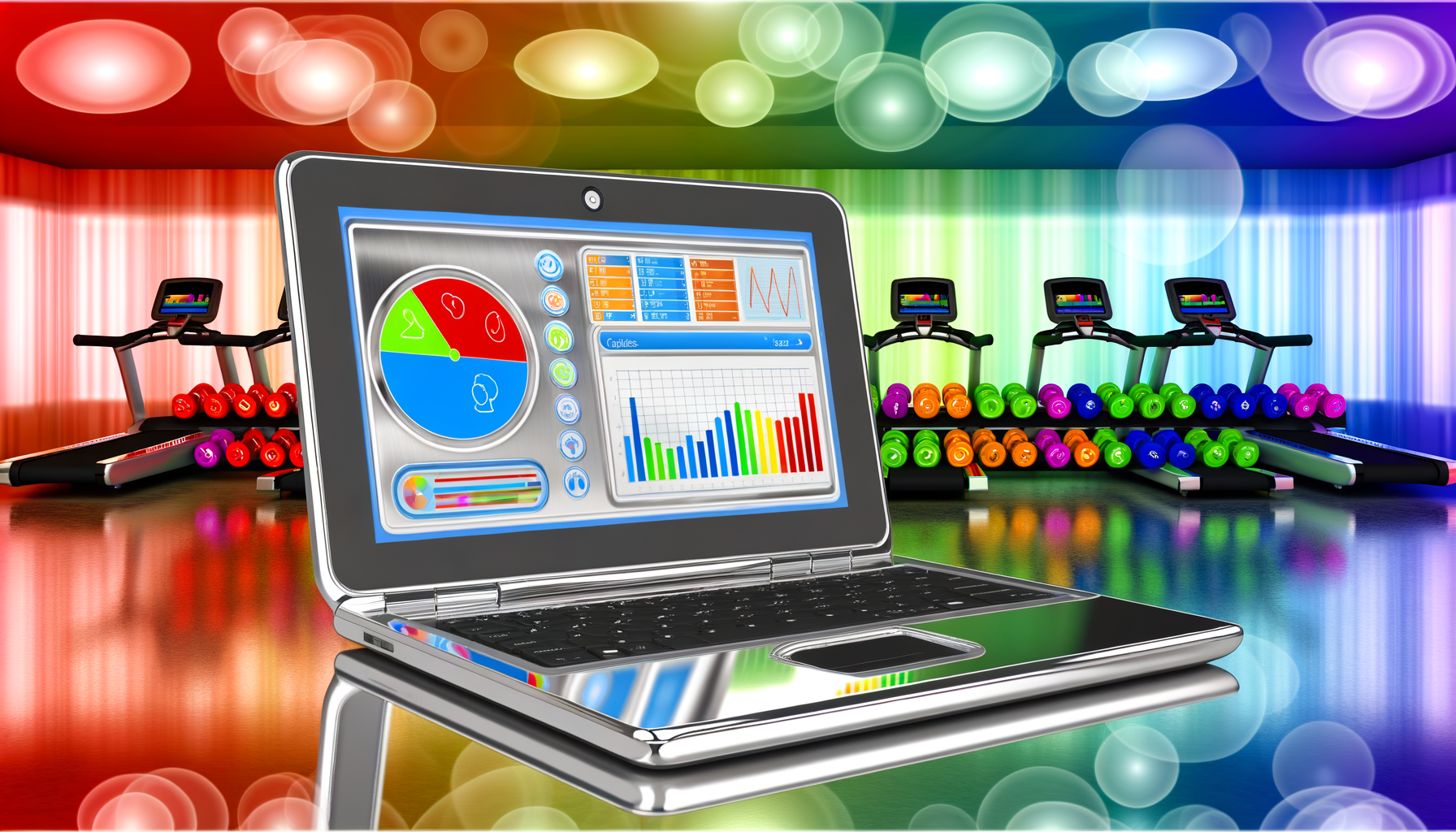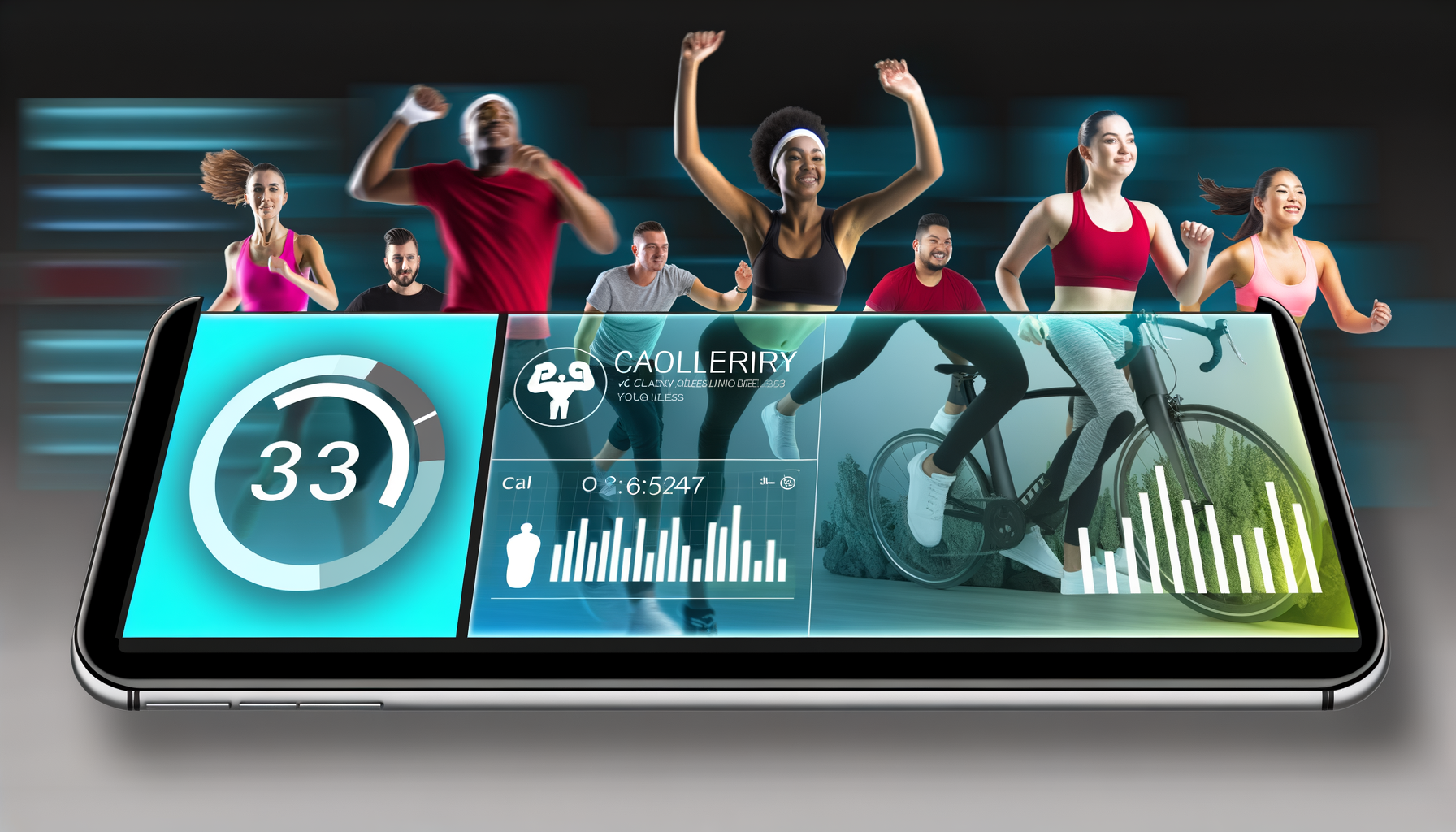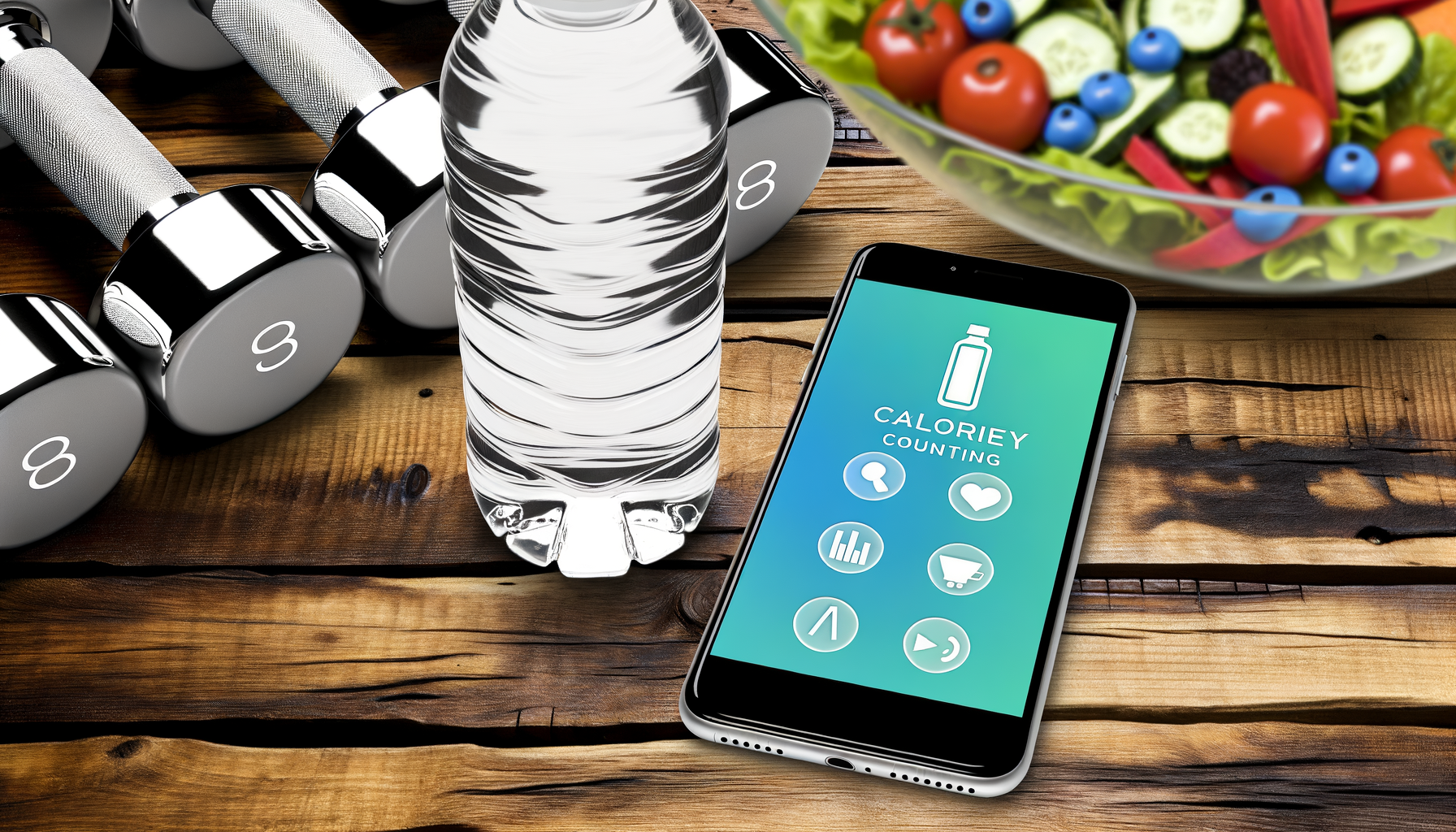Integrating Calorie Data into Wearable Fitness Technology
September 28, 2024
## The Evolution of Wearable Fitness Technology: Integrating Calorie Data for Enhanced User Experience
In the rapidly advancing world of fitness technology, wearable devices have become an indispensable tool for health enthusiasts and athletes alike. One of the key aspects of these wearables is their ability to track and integrate calorie data, providing users with a comprehensive view of their health and fitness progress. Here, we delve into the intricacies of integrating calorie data into wearable fitness technology, exploring its benefits, challenges, and future trends.
## How Wearable Technology Tracks Calorie Data
Wearable devices, such as wristbands, smartwatches, and even garments with embedded sensors, are equipped with a variety of sensors including accelerometers, gyroscopes, and heart rate monitors. These sensors collect vast amounts of data on the user's movements, activity levels, and physiological responses, which are then used to estimate calorie expenditure.
The process of estimating energy expenditure involves several steps. First, the wearable device estimates the user's basal metabolic rate (BMR) based on demographic and anthropometric data such as age, height, weight, and sex. Then, it calculates the additional calories burned during daily activities and exercise using data from accelerometry, GPS, and heart rate monitoring. Some advanced wearables also incorporate skin temperature and bioelectrical impedance analysis (BIA) to refine these estimates.
## Benefits of Integrating Calorie Data
The integration of calorie data into wearable fitness technology offers several significant benefits:
### Personalized Fitness Regimens
By analyzing calorie data, fitness apps can provide personalized workout routines tailored to the user's activity level and goals. For instance, if a user's heart rate data indicates they are in the fat-burning zone, the app can suggest maintaining that intensity for maximum results. This personalized approach enhances the effectiveness and efficiency of workouts.
### Enhanced User Engagement
Real-time feedback on calorie burn and progress towards fitness goals significantly boosts user motivation. Features like gamification, badges for achieving targets, and reminders to stay active keep users engaged and motivated to reach their fitness objectives.
### Holistic Health Tracking
Combining calorie data with other health metrics such as sleep quality, nutrition, and activity levels provides a comprehensive picture of the user's health. This holistic approach enables users to make informed decisions about their overall well-being and identify areas for improvement.
### Predictive Analytics and AI-Powered Coaching
Advanced wearables and fitness apps leverage AI to analyze vast volumes of data, including calorie expenditure. This allows for individualized coaching recommendations, predictions of future health concerns, and adjustments to training regimens for optimal results.
## Challenges in Integrating Calorie Data
Despite the numerous benefits, there are several challenges associated with integrating calorie data into wearable fitness technology:
### Data Quality and Consistency
The accuracy and consistency of the data collected by wearables are crucial. Differences between the data acquired by wearables and that recorded by the app can lead to user frustration and mistrust. Ensuring that the data is reliable and consistent is a significant challenge for developers.
### Compatibility Issues
The wide range of wearable technologies available poses a compatibility challenge. Developers must ensure that their apps work seamlessly with various wearables, such as Fitbit, Garmin, and Apple Watch, during the development phase.
### Issues with Battery Life
Wearables run on batteries with finite lifespans, and data synchronization must be optimized to minimize energy consumption. Ensuring that the integration does not deplete the wearable battery is another critical challenge.
### Privacy and Security
The integration of wearables with fitness apps raises significant privacy and security concerns. Protecting user data from unauthorized access and ensuring compliance with data protection regulations is essential.
## Real-World Examples and Case Studies
Several real-world examples illustrate the successful integration of calorie data into wearable fitness technology:
### Fitbit and MyFitnessPal Integration
Fitbit, one of the most popular wearable devices, integrates with nutrition tracking apps like MyFitnessPal. This integration allows users to log meals, track hydration, and monitor daily calories and macronutrients. The Apple Watch also integrates with Lifesum and MyFitnessPal, providing detailed nutrition guidance and diet recommendations.
### Garmin's Advanced Features
Garmin's Forerunner series offers features like 'Performance Condition,' which compares the user's real-time condition to their average fitness levels. This helps athletes optimize their training and prevent injuries by identifying potential risks.
### MacroFactor's Approach
MacroFactor, a nutrition app, intentionally avoids using energy expenditure data from wearables due to concerns about accuracy and reliability. Instead, it focuses on providing nutrition recommendations based on other reliable data sources, highlighting the importance of accurate data in making informed health decisions.
## Future Trends in Wearable Fitness Technology
The future of wearable fitness technology is marked by significant advancements:
### Integration with IoT and Smart Fitness Equipment
The integration of wearables with Internet of Things (IoT) devices and smart fitness equipment is expected to enhance the user experience. This includes tracking patient movement in healthcare settings, guiding patients during health checkups, and optimizing care delivery.
### Predictive Analytics and AI
The use of predictive analytics and AI will become more prevalent, enabling fitness apps to foresee clinical outcomes and provide personalized treatment plans. This will revolutionize medical interventions and healthcare management.
### New Sensor Technologies
New sweat sensor technologies and advanced bioimpedance sensors, such as those used in the HEALBE GoBe2 and GoBe3, will automatically track calorie intake, body hydration, and stress levels without manual logging. These innovations will further enhance the accuracy and convenience of wearable technology.
## Conclusion and Next Steps
Integrating calorie data into wearable fitness technology has transformed the way we approach fitness and health. While there are challenges to overcome, the benefits of personalized regimens, enhanced user engagement, and holistic health tracking make this integration invaluable.
If you are considering integrating wearable technology into your fitness routine, here are some next steps:
- **Choose the Right Wearable:** Select a wearable device that aligns with your fitness goals and ensures compatibility with your preferred fitness apps.
- **Optimize Data Synchronization:** Ensure that your wearable device and fitness app synchronize data efficiently to maintain battery life and data accuracy.
- **Focus on Accuracy:** Prioritize the accuracy and reliability of the data collected by your wearable device to make informed health decisions.
- **Explore Advanced Features:** Look into advanced features such as predictive analytics and AI-powered coaching to maximize the benefits of your wearable technology.
For those looking to integrate a wearable with a fitness-tracking app, WP Calorie Calculator offers a robust solution that can help you make the most of your calorie data. With various pricing plans available, you can choose the one that best fits your needs and goals.
By embracing the integration of calorie data into wearable fitness technology, you can take a significant step towards a more informed, personalized, and effective fitness journey.











